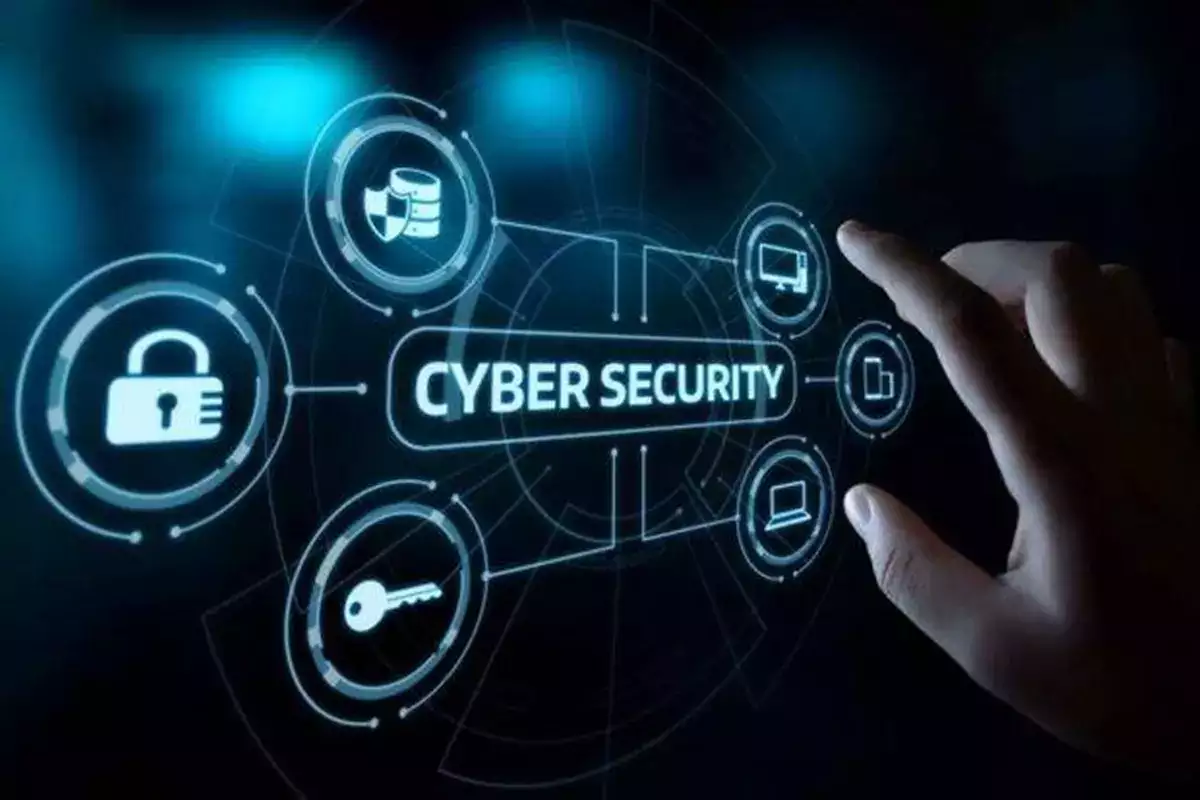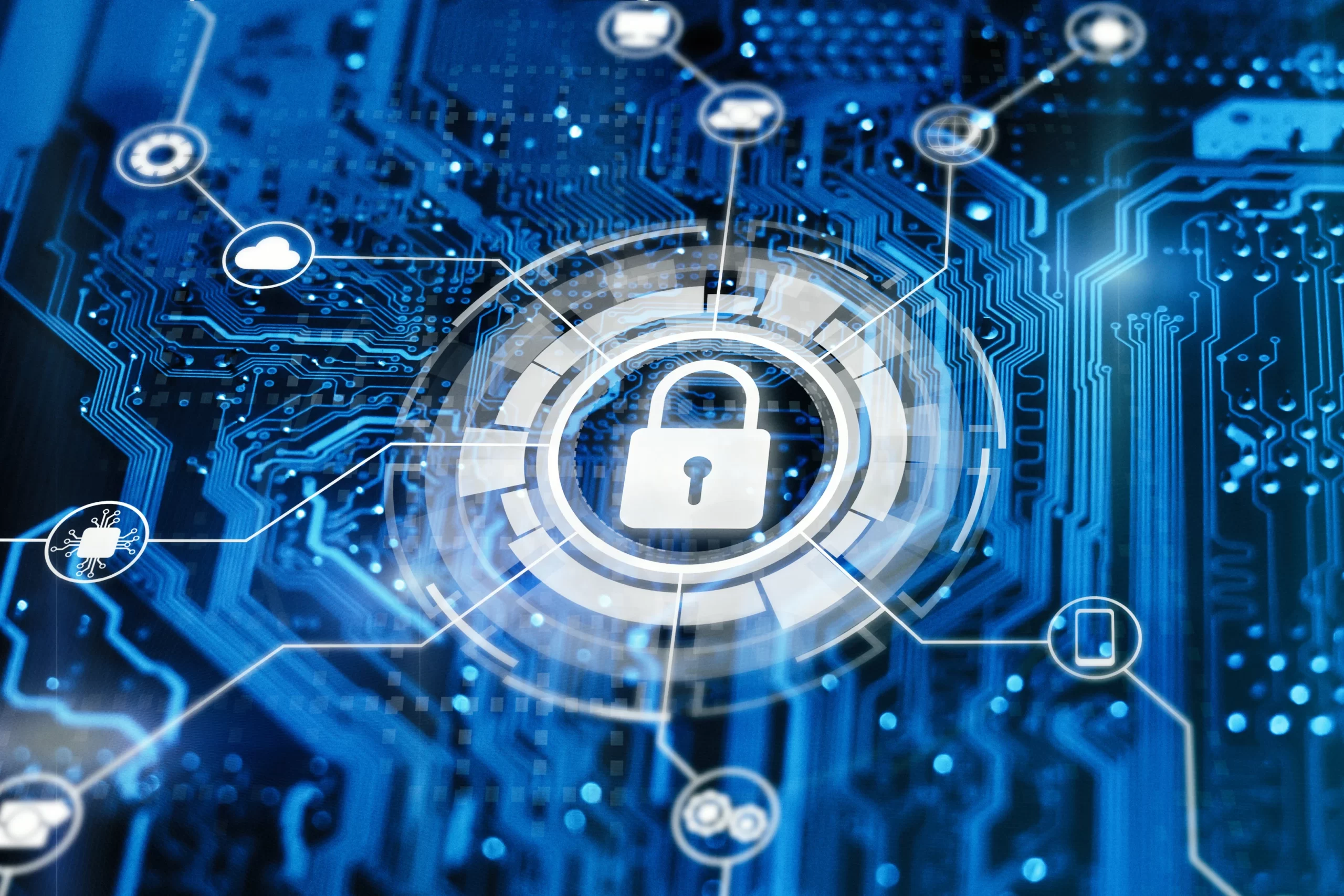
Cybersecurity is a method of safeguarding systems, networks, and programs from digital attacks. Need for a Cybersecurity specialists are increasing, and they are hired by businesses to secure secret information, preserve staff productivity, and boost customer trust in products and services.
Cyber security is governed by the industry standard of confidentiality, integrity, and availability, or CIA. Only authorized users can access data; only authorized users can add, alter, or remove information. The usage of authentication systems is a key component of Cyber Security. A username, for example, identifies an account that a user wishes to access, but a password serves as proof that the user is who he claims to be. Know more about Cyber Security career.
Types of Cyber Security
The cybersecurity trend is used in a range of situations, ranging from business to mobile computing, and they may be broken down into a few categories.
1. Network Security
This technique safeguards a computer network from intruders, whether deliberate attackers or opportunistic malware.
2. Application Security
It focuses on preventing malware from infecting software and devices. A hacked programme might provide access to the data it was supposed to secure. Security starts long before a piece of software or a device is used.
3. Data Integrity and Privacy
These are protected by information security, both in storage and in transport.
4. Operational Security
It refers to the procedures and actions used to manage and secure digital assets. This umbrella encompasses the protocols that regulate how and where data may be stored or shared, as well as the rights users, have while accessing a network.
5. Business Continuity and Disaster Recovery
These phrases define how a firm responds in the event of a cyber-security breach or any other disaster that causes a loss of operations or data. Incident recovery policies define how an organization restores operations and information so that activities may restart at the same level as before the disaster. A business continuity plan is used when an organization is unable to operate due to a lack of resources.
6. End-user Education
It addresses the most surprising component of cyber-security: people. Anyone might unwittingly introduce a virus into an otherwise secure system by failing to follow adequate security precautions. Every organization’s security depends on its employees learning to discard suspicious email attachments, not plug in unidentified USB devices, and several other important lessons. All of these things are possible if you have an Ethical Hacking certification.
Checkout 100+ Computer Shortcut Keys list

Computer Security or Cybersecurity Trends
Here are the top cybersecurity trends.
1) Rise of Automotive Hacking
Modern vehicles nowadays come packed with automated software creating seamless connectivity for drivers in cruise control, engine timing, door lock, airbags and advanced systems for driver assistance. These vehicles use Bluetooth and WiFi technologies to communicate that also opens them to several vulnerabilities or threats from hackers. Gaining control of the vehicle or using microphones for eavesdropping is expected to rise in 2023 with more use of automated vehicles. Self-driving or autonomous vehicles use an even further complex mechanism that requires strict cybersecurity measures.
2. Artificial Intelligence’s Potential (AI)
AI, along with machine learning, has resulted in major gains in cybersecurity, with AI being applied across all market sectors. AI has played a crucial role in the development of automated security systems, natural language processing, face recognition, and autonomous threat detection. It’s also being used to construct intelligent malware and attacks to get beyond the most up-to-date data security measures. Artificial intelligence-based threat detection systems can predict new attacks and notify administrators of data breaches instantly.
3. The New Target is Mobile
In 2020, cybersecurity trends predict a significant increase (50 percent) in mobile banking malware or assaults, making our mobile devices a target for hackers. Individuals are more at risk from all of our images, financial transactions, emails, and communications. A smartphone virus or malware may be the focus of cybersecurity developments in 2023.
4) Cloud is Also Potentially Vulnerable
With more and more organizations now established on clouds, security measures need to be continuously monitored and updated to safeguard the data from leaks. Although cloud applications such as Google or Microsoft are well equipped with security from their end still, it’s the user end that acts as a significant source for erroneous errors, malicious software, and phishing attacks.
5) Data Breaches: Prime target
Data will continue to be a leading concern for organizations around the world. Whether it be for an individual or organization, safeguarding digital data is the primary goal now. Any minor flaw or bug in your system browser or software is a potential vulnerability for hackers to access personal information. New strict measures General Data Protection Regulation (GDPR) was enforced from May 25th, 2018 onwards, offering data protection and privacy for individuals in the European Union(EU). Similarly, the California Consumer Privacy Act (CCPA) was applied after January 1st, 2020, for safeguarding consumer rights in the California area.
6. Technology and Risks in a New Era: IoT on a 5G Network
The Internet of Things will usher in a new age of interconnectivity with the arrival and proliferation of 5G networks (IoT). This communication across several devices exposes them to outside influence, assaults, or undetected software defects, exposing them to outside influence, attacks, or software fault. Even Chrome, the world’s most popular browser, and a Google product has been found to have serious problems. 5G architecture is a relatively new technology in the market, and it needs an extensive study to identify security flaws and make the system safe from external assault. Every level of the 5G network might lead to a plethora of network attacks that we are completely ignorant of. To prevent data breaches, manufacturers must create complex 5G hardware and software with extreme caution.
7) Automation and Integration
With the size of data multiplying every day, it is eminent that automation is integrated to give more sophisticated control over the information. Modern hectic work demand also pressurizes professionals and engineers to deliver quick and proficient solutions, making automation more valuable than ever. Security measurements are incorporated during the agile process to build more secure software in every aspect. Large and complex web applications are further hard to safeguard making automation as well as cyber security to be a key concept of the software development process.
8. Ransomware with a Specific Target
Targeted ransomware is another critical cybersecurity problem that we can’t seem to ignore. Industries, particularly in industrialized countries, rely largely on specialized software to manage their everyday operations. These ransomware targets are more targeted, such as the Wanna Cry ransomware assault on NHS hospitals in England and Scotland, which infected over 70,000 medical equipment. Though ransomware often threatens to reveal the victim’s data unless a ransom is paid, it may also impact huge organizations or countries.
9) State-Sponsored Cyber Warfare
There won’t be any stoppage between the western and eastern powers in attempts to find superiority. The tension between the US and Iran or Chinese hackers often creates worldwide news though the attacks are few; they have a significant impact on an event such as elections. And with more than 70 elections bound to be held this year, criminal activities during this time will surge. Expect high-profile data breaches, political and industrial secrets to top cybersecurity trends for 2023.
10. Threats from Within
Human error is one of the most prevalent reasons for data breaches. A single bad day or purposeful flaw may bring an entire corporation down, resulting in millions of dollars in stolen data. Employees were directly or indirectly responsible for 34% of overall attacks, according to a report by Verizon in data breach that provides strategic insights on cybersecurity trends. As a result, make sure that staff are aware of the need to secure data in every way possible.
Conclusion
Organizations will be increasingly afraid to stack their security measures in 2023 as a result of these cybersecurity developments. Organizations are likely to spend more than ever on asset protection this year, with estimates of $100 billion or more. With infrastructure security being such an important aspect of practically any firm today, it would be a wise decision to begin their cybersecurity education today to become specialists for tomorrow. Cybersecurity specialists who are skilled and experienced are among the highest-paid in the IT business.
Frequently Asked Questions (FAQs)
What are the three top trends in cyber security?
Trending cybersecurity topics are:
1. The Rise of Automotive Hacking.
2. Artificial Intelligence’s (AI) Potential.
3. The Mobile Device is the New Target.
What are the 5 types of security?
Cybersecurity may be divided into five categories:-
1. Security of critical infrastructure.
2. The safety of the application.
3. Network safety is important.
4. Cloud safety.
5. Security for the Internet of Things (IoT).
What is the latest trends in cyber security?
The New Target Is Mobile
According to cybersecurity trends, mobile banking malware or assaults are on the rise (by 50%), making our portable devices a target for hackers. All our photographs, financial transactions, emails, and interactions put people in danger.
What are the latest advancements in cybersecurity?
Machine Learning and Artificial Intelligence
Artificial intelligence (AI) and machine learning have made significant contributions to the progress of cyber security. By modelling network activity and enhancing overall threat detection, machine learning is being used to identify harmful conduct by hackers.
